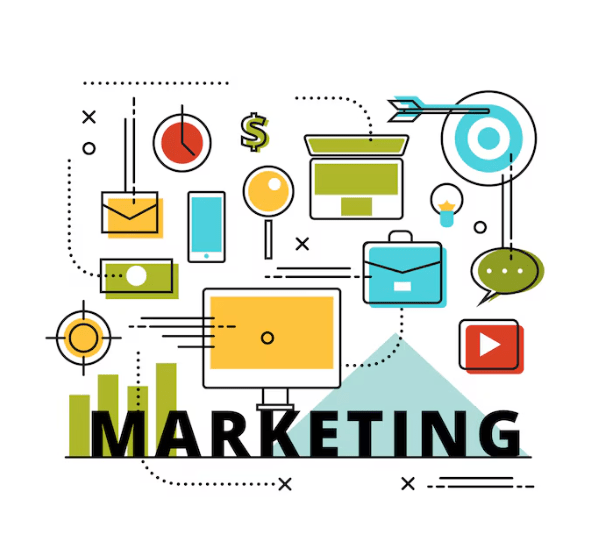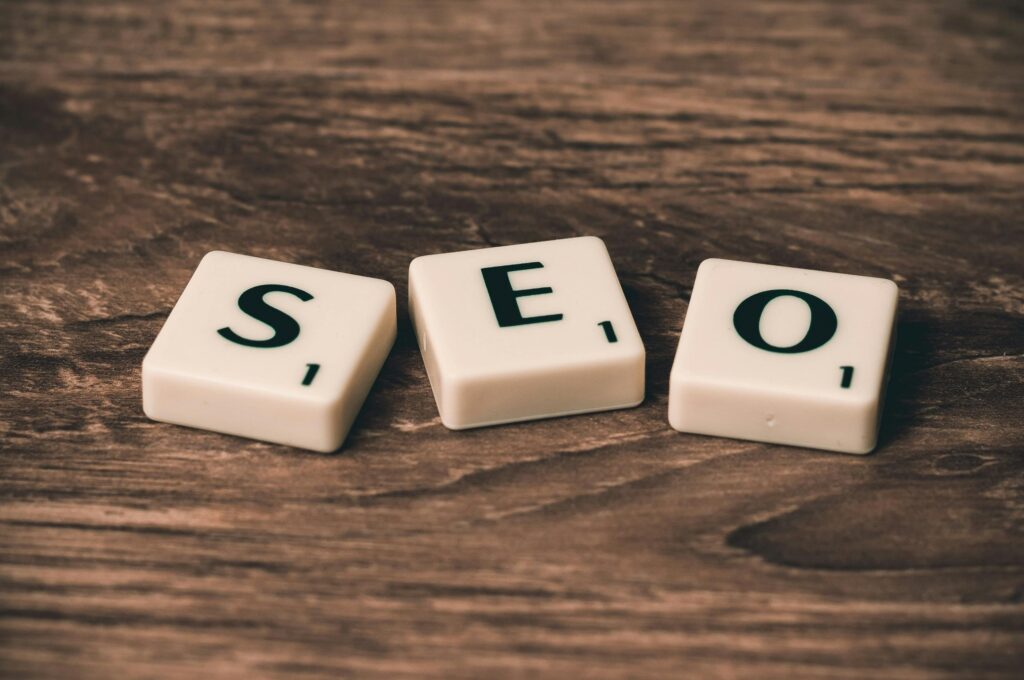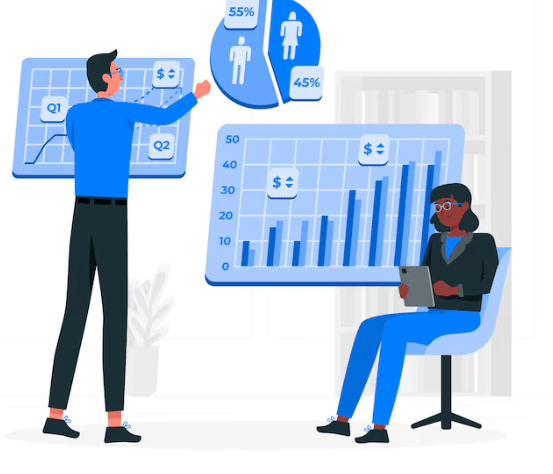Introduction
As people increasingly search the internet, marketers turn to SEO and SEM strategies to boost their content’s visibility on search engines. Understanding the difference between SEO and SEM in digital marketing is crucial for crafting a successful online strategy. While SEO focuses on organic search, SEM generates paid traffic. Let’s dive into the key differences and how each can benefit your business.
What is SEO?
Search engine optimization (SEO) is the process of enhancing a website to increase its organic visibility on major search engines. Companies like Google and Bing use algorithms to show relevant, high-quality search results for queries, and SEO strategies aim to rank content favorably within these results. The goal of SEO is to organically rank on the first page of a search engine results page (SERP) for a specific keyword or phrase.
What is SEM?
Search engine marketing (SEM) involves using paid advertisements to increase search engine visibility. SEM strategies include placing ads on SERPs, which can appear at the top, side, or bottom of the results. Organizations pay to have their web pages appear in these prominent positions, using a pay-per-click (PPC) model where they pay a fee each time their ad is clicked.
Difference between SEO and sem in digital marketing
1. SEO and SEM Target Different Search Results
- SEO: Focuses on improving a website’s ranking in organic search results by optimizing content, structure, and user experience.
- SEM: Uses paid advertisements to achieve high visibility on SERPs, placing ads at the top, side, or bottom of the results.
SEO strategies include creating high-quality content, ensuring mobile-friendliness, building backlinks, and improving site speed. SEM strategies involve bidding on keywords to place ads that appear when users search for those terms.
2. SEO Takes Longer to Deliver Results than SEM
- SEO: Can take from three months to two years to show significant ranking improvements, as it involves building a comprehensive content library, gaining backlinks, and enhancing user experience.
- SEM: Can generate traffic immediately after launching a campaign on platforms like Google Ads, making it ideal for quick results.
While SEO builds long-term, sustainable traffic, SEM provides immediate visibility and traffic. Combining both can yield the best results.
3. SEO Costs More Than SEM in the Short-Term
- SEO: Requires investment in content creation, SEO tools, and strategists, making it costly upfront. However, once established, organic traffic is free, providing high long-term ROI.
- SEM: Involves ongoing ad spend, with immediate results but no long-term traffic benefits once the budget runs out.
SEO demands time and effort to achieve and maintain high rankings, whereas SEM provides instant visibility for as long as the budget allows.
Should Marketers Use SEO or SEM?
An effective digital marketing strategy often involves both SEO and SEM, as they complement each other. For instance, SEO best practices can create high-quality landing pages for SEM campaigns, while SEM can drive immediate traffic to help build backlinks and enhance SEO.
- Limited Budget: Focus on SEO to build a foundation for long-term organic traffic.
- Need Quick Results: Use SEM to gain immediate visibility and drive quick traffic.
Ultimately, integrating both SEO and SEM strategies can maximize visibility and drive sustainable traffic growth.
Conclusion
Understanding the difference between SEO and SEM in digital marketing is crucial for creating a balanced strategy. SEO focuses on organic, long-term growth, while SEM provides immediate, paid traffic. By leveraging both, marketers can achieve comprehensive visibility and sustainable traffic. For more insights and services on digital marketing, visit our Digital Marketing Services page.







